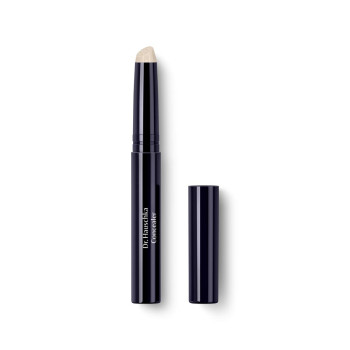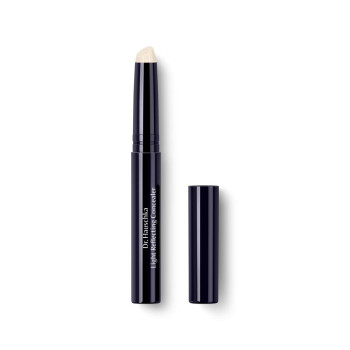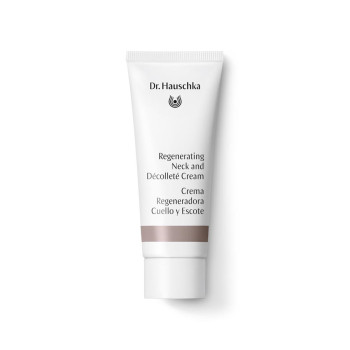
Macadamia
Synonyms: Australian Nut, Queensland Nut, Bush Nut, Baphal Nut
Scientific Name: Macadamia ternifolia FvMUELL
Family: Proteaceae (Protea Family)
Habitat
Australia, Indonesia
Constituents
Macadamia nut oil: approximately 80% monounsaturated fatty acids of which about 50% is oleic acid and 20% palmitoleic acid, vitamins A, B, E, minerals.
Macadamia nut: about 70% fat, vitamin B, calcium, iron, phosphorus.
Description
Under optimal conditions – subtropical, humid climate – the macadamia tree grows to a height of up to 49 feet/15 meters. The majestic evergreen, sclerophyllous tree can reach an age of more than 50 years and only begins to bear nuts in the course of time. Harvesting first becomes worthwhile when the tree is seven years old; a 15-year-old tree yields an impressive 110 lbs./50 kilos of unshelled nuts per tree and year. The harvesting season is from April to September. The sought-after macadamia nuts are so-called stone fruits or drupes. They hang from the tree in long clusters resembling bunches of grapes. The spherical, edible nut, which is about two to three centimetres in diameter, is enclosed in an extremely hard, brown shell which, as with walnuts, is itself encased in a thick green protective layer. The nuts fall to the ground when they are ripe. The macadamia tree bears white, hanging panicles of flowers, ripening fruits and ripe fruits all at the same time – a typical characteristic of tropical trees.
Interesting Facts
The German pharmacist and botanist Baron Ferdinand von Müller (1825-1896), director of Melbourne's Botanical Garden from 1857 to 1873, discovered the genus of the macadamia trees in about 1857 on one of his many Australian expeditions. He called them after his Scottish friend John McAdam (1756-1836). Incidentally, the road surfacing method 'macadamization' or 'macadam' invented by John McAdam and named after him has nothing to do with the macadamia nut. Long before the discovery of this nut so highly valued by us today, the wild nuts were prized by Australia's indigenous people as a valuable source of protein and fat. According to a legend of the Budjilla Tribe it was a boy called Baphal who brought the nut to his people. This came about after the tribe's god Yindingie had left the Mountain and there was no-one to look after the land. So one day Baphal set off for the Mountain to see that everything was in order. On the way he fell and hurt his foot. His little companion, the jewel lizard, went to the rock wallaby to ask him what to do. The wise rock wallaby enlisted the help of the kangaroo to fetch water for Baphal. Then they approached the cockatoo who collected nuts from the macadamia tree so Baphal would have food. Finally, they created smoke by making a fire with leaves from the macadamia tree. Baphal's people saw the smoke and sent help to Baphal. Since then the nuts have been known as Baphal nuts.
The reason why macadamia nuts are the most expensive nuts in the world is because of their complicated cultivation and the difficult further processing of the extremely hard nuts. The nuts are only sold dried, boiled or roasted (salted or unsalted) as the fresh nuts do not keep long and quickly become rancid.
The plant in our products
To make macadamia nut oil the shelled nuts are pressed and the oil obtained gently purified. Only nuts which have fallen from the trees are collected as these have the optimal degree of ripeness.
Macadamia nut oil is contained in:










